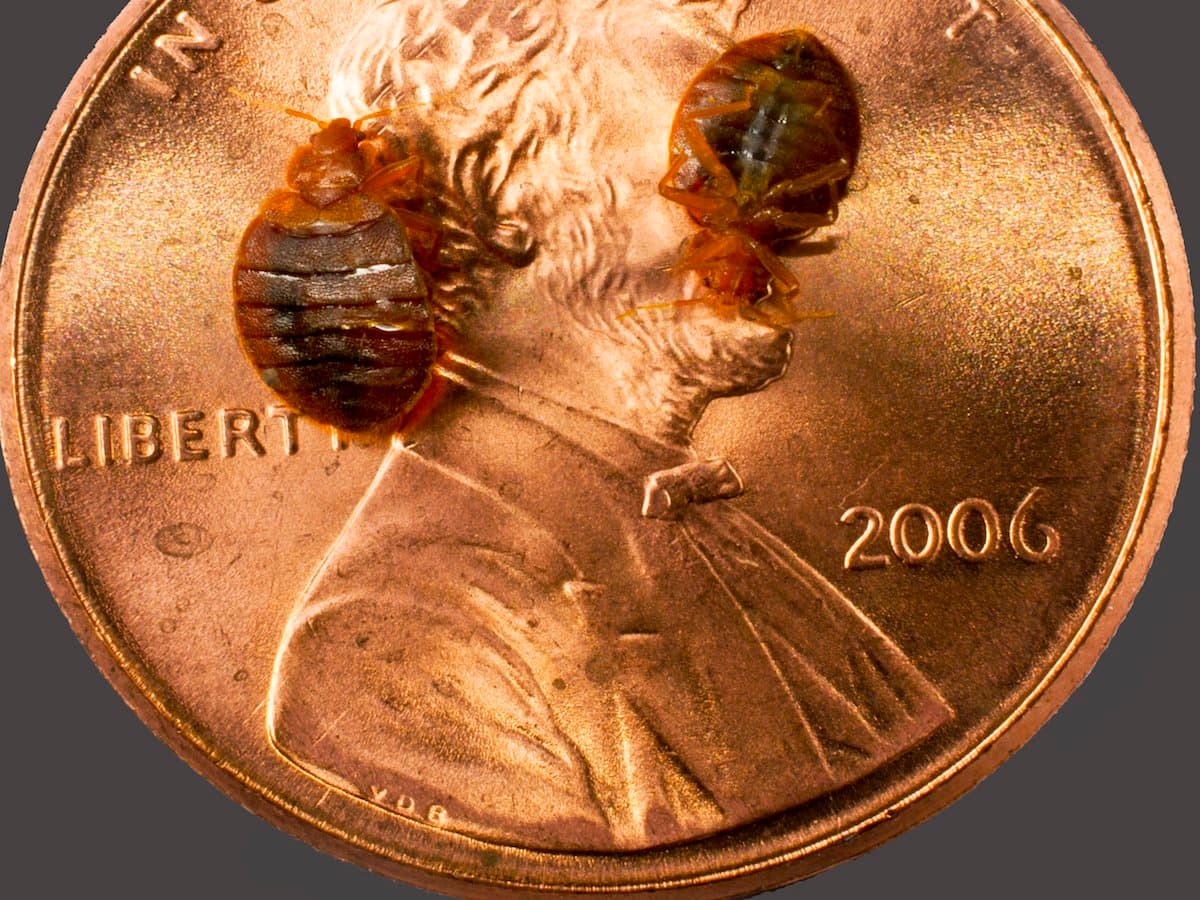Leading A1 Bed Bug Treatment in Houston - Quick and Affordable
Leading A1 Bed Bug Treatment in Houston - Quick and Affordable
Blog Article
Recognizing the Lifecycle of Bugs for Targeted Control Approaches
Understanding the lifecycle of insects is an essential facet of reliable insect monitoring approaches. By comprehending the numerous stages of growth that parasites undertake, a much more targeted and exact method can be adopted to regulate their populaces. This understanding not only clarifies the susceptabilities within the bug lifecycle but also leads the method for carrying out tactical steps that can interrupt their development and reproduction cycles. Through a much deeper understanding of exactly how insects prosper and progress, tailored control strategies can be developed to address certain points in their lifecycle, inevitably causing more effective bug administration outcomes.
Value of Understanding Parasite Lifecycle
Understanding the lifecycle of bugs is important for creating efficient and targeted control strategies in bug monitoring. By comprehending the different stages a parasite goes with from egg to grownup, parasite control experts can determine vulnerable points in the lifecycle where treatment can be most effective.
Furthermore, acknowledging the details environmental problems necessary for every stage of the pest's lifecycle can lead decisions on environment adjustment or exclusion approaches to interfere with the lifecycle and minimize parasite populations. This expertise makes it possible for pest monitoring experts to implement positive actions rather than relying only on responsive treatments, resulting in even more lasting and long-term insect control solutions. Inevitably, a thorough understanding of parasite lifecycles encourages insect control practitioners to tailor their methods efficiently, making the most of and decreasing environmental influences control results.
Key Stages in Pest Advancement
To efficiently apply targeted control strategies in bug monitoring, an essential facet exists in thoroughly recognizing and understanding the essential phases in insect growth. Insect growth generally includes numerous crucial stages that are critical for their lifecycle and administration. The initial stage is the egg stage, where insects lay eggs that later hatch out right into larvae. Larvae then proceed right into pupae, a phase where they undergo metamorphosis before emerging as adult parasites. Understanding these stages is important as it assists in identifying prone points in the lifecycle where control procedures can be most efficient.

Susceptabilities in Pest Lifecycle
Throughout the numerous stages of a parasite's lifecycle, unique susceptabilities emerge that can be purposefully targeted for effective control measures. One crucial susceptability depends on the egg phase, where parasites are typically more vulnerable to particular insecticides or biological control agents due to their soft outer covering, making them easier targets for intervention. Furthermore, the nymph or larval stage provides susceptabilities as pests undergo fast development and development, needing high power intake that can be exploited by interrupting their food sources or introducing development preventions. Pupal phases, characterized by immobility and improvement, supply a window for targeted control through physical obstacles or details treatments that impede effective emergence. Adult pests, while much more durable due to their reproductive ability, can still be vulnerable during mating or egg-laying activities, which can be interrupted with pheromone traps or sterilization methods. Recognizing these vulnerabilities in the insect lifecycle is crucial for developing reliable and precise control techniques that efficiently manage pest populaces while minimizing ecological influence.
Executing Targeted Control Measures

Executing targeted control actions normally involves a multi-faceted strategy. This may consist of habitat alteration to make the environment much less congenial to parasites, such as removing standing water for insect control or sealing entrance factors for rodents. In addition, biological control approaches can be utilized, where all-natural predators or virus are introduced to maintain parasite populations in check.
Chemical control, such as the cautious application of chemicals, is an additional common approach. It is crucial to utilize these materials judiciously to lessen ecological impact and prospective injury to non-target species browse around here - A1 bed bug removal houston. Integrated Pest Management (IPM) methods that integrate numerous control measures in a collaborated and lasting manner are frequently the most efficient in accomplishing lasting pest management goals. By applying targeted control steps based upon a thorough understanding of insect lifecycles, bug populaces can be effectively controlled while lessening threats to human wellness and the environment.
Boosted Pest Management Practices

In addition, the consolidation of biological control representatives, such as natural predators or microorganisms of bugs, can help decrease reliance on chemical pesticides and advertise a much more well balanced community. Applying physical obstacles and traps can likewise belong to enhanced insect monitoring techniques, providing non-toxic and targeted options for parasite control. Additionally, using scents and various other semiochemicals can interfere with pest mating patterns and communication, resulting in minimized wikipedia reference parasite populations in time.
Final Thought
By determining crucial stages in insect development and susceptabilities in their lifecycle, targeted control procedures can be carried out to reduce insect populaces. Boosted bug administration practices can aid minimize the reliance on broad-spectrum pesticides and advertise more environmentally pleasant and lasting insect control methods.
Recognizing the lifecycle of bugs is vital for developing reliable and targeted control methods in insect management. By understanding the various phases a parasite goes with from egg to grownup, parasite control experts can recognize at risk points in the lifecycle where intervention can be most effective. Inevitably, a complete understanding of insect lifecycles equips insect control specialists to tailor their techniques properly, optimizing and lessening environmental impacts control end results.
By carrying out targeted control steps based on a comprehensive understanding of parasite lifecycles, bug populaces can be successfully controlled while decreasing dangers to human wellness and the setting.
By determining essential phases in parasite advancement and vulnerabilities in their lifecycle, targeted control measures can be applied to lessen pest populaces.
Report this page